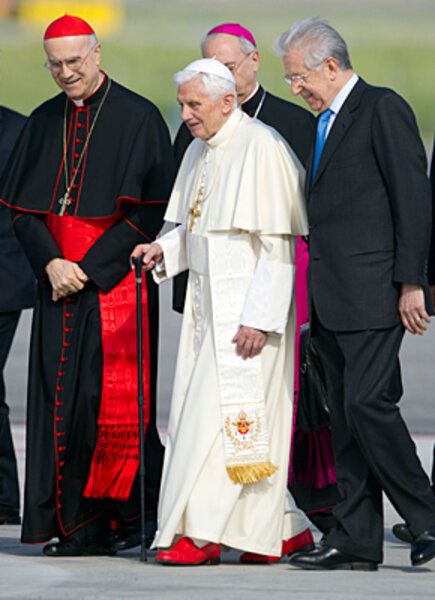Benedict XVI has visited the region once before, traveling to Brazil, home to the world’s largest Catholic population, in May 2007.
The pope’s visit was marred, however, by two controversial comments. First, on May 9, Benedict agreed with Mexican bishops’ desire to excommunicate pro-choice Catholic politicians, reports TIME. But perhaps more damaging was a statement he made during a May 13 speech to Latin American bishops in Brazil, when he implied that indigenous people had longed for the Catholic enlightenment brought by the colonists, reports Reuters.
“The proclamation of Jesus and of his Gospel did not at any point involve an alienation of the pre-Columbian cultures, nor was it the imposition of a foreign culture,” he said, without noting forced conversions and violence brought about by colonizing Catholics, reports TIME.
As a result, numerous indigenous groups protested across the Americas and demanded an apology from the pope, which he eventually gave.







